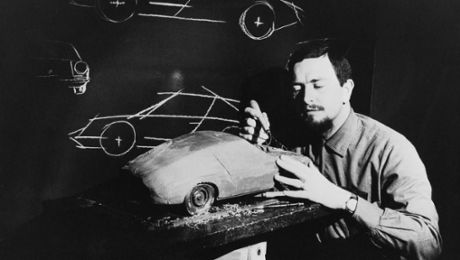To the familiar Coupé, Cabriolet and Targa body versions Porsche added a Speedster version for the 997. The rear track of the Carrera 4 all-wheel-drive versions, meanwhile, was 14 mm wider than in the Carrera. And particularly powerful models such as the S, GTS (from 2010), GT and Turbo were again fitted with a wider body.
Innovation
For the 997, engineers came up with technical innovations such as the Porsche Active Suspension Management (PASM). Rack-and-pinion steering with a variable steering ratio enabled even more precise steering on winding roads. And in 2006, Porsche presented a 911 Turbo that was the first series-production car with a petrol engine to feature a turbocharger with Variable Turbine Geometry (VTG). Instead of a manual gearbox, customers could now also choose a Porsche dual-clutch transmission (PDK) for very fast shifting without any interruption in traction. From 2008, bi-xenon headlights and LED daytime running lights illuminated the road ahead for 911 drivers. And a rear silencer with valve control and a Sport mode provided a more emotional sound.

